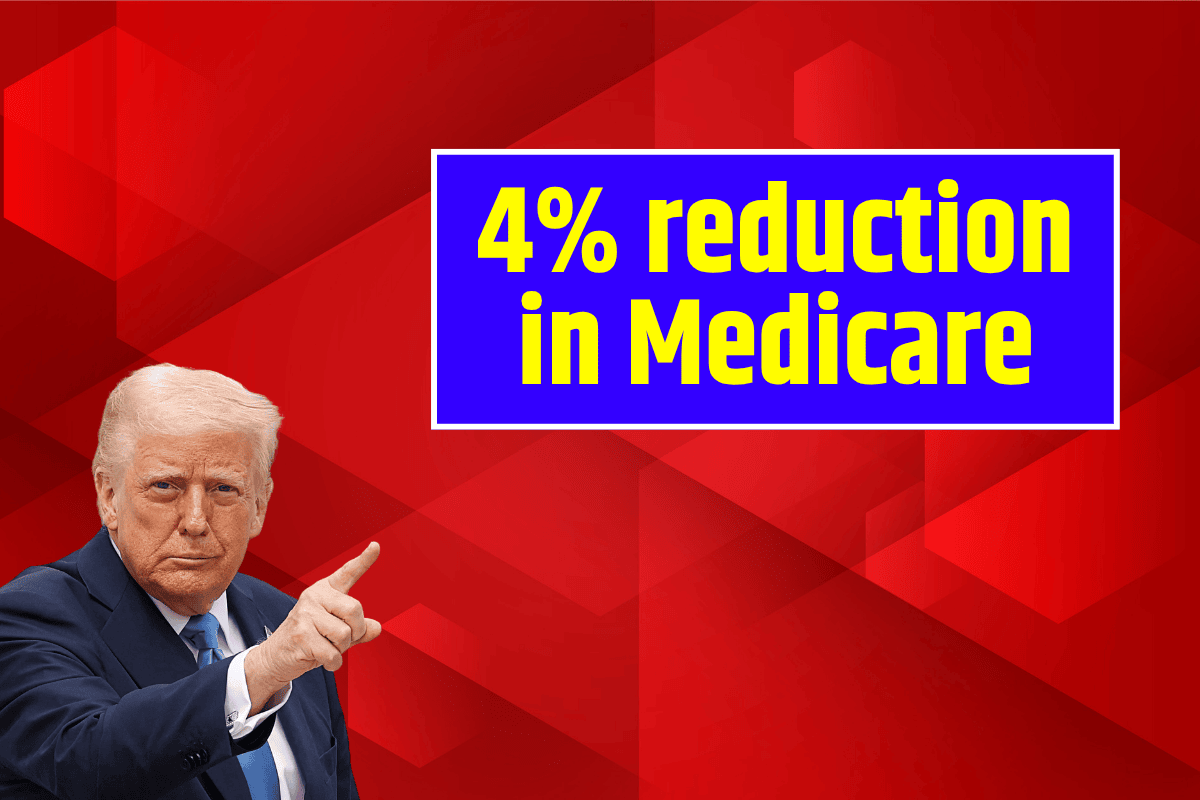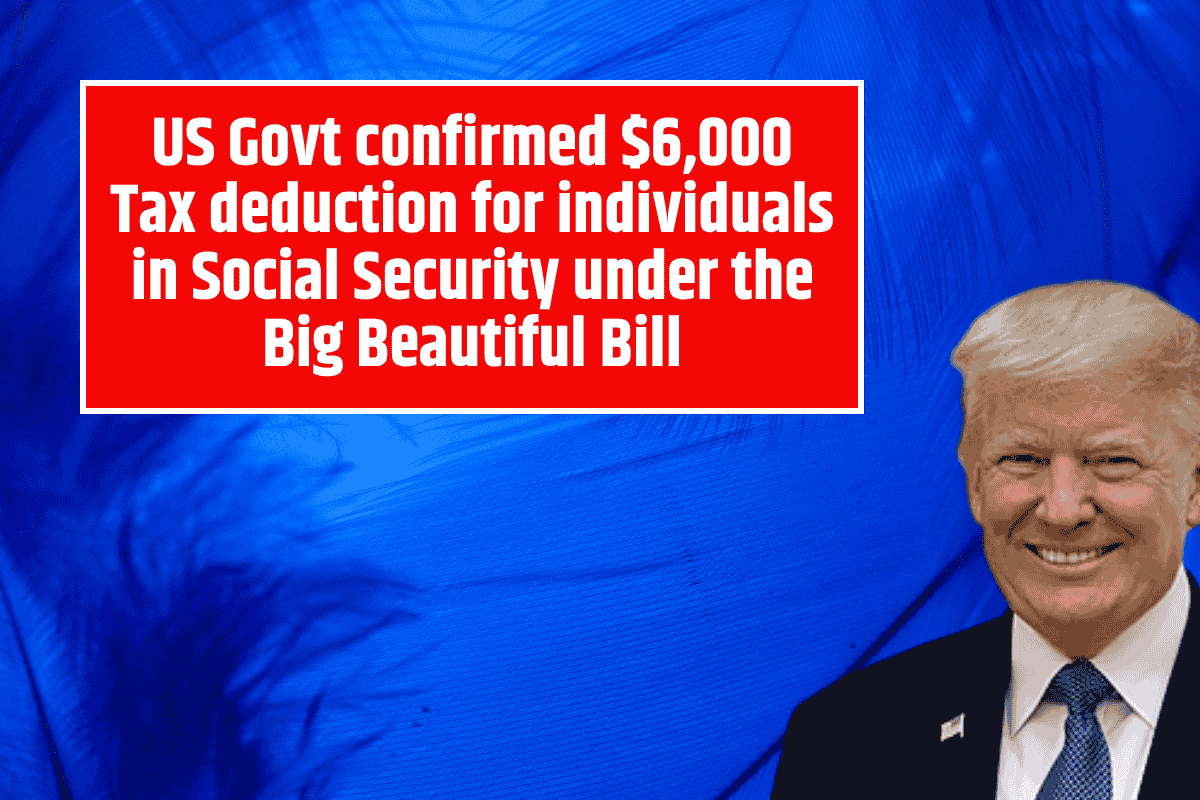Exciting news for millions of Americans! The Social Security Administration (SSA) is paying up to $5,000 in benefits this month. This payment is an important economic relief for many, particularly retirees, disabled individuals, and those in vulnerable situations.
If you’re wondering whether you’re eligible for the maximum amount, it’s crucial to understand the requirements and when these payments will be made.
Understanding Social Security and Its Benefits
The Social Security Administration (SSA) is a U.S. government agency responsible for managing and distributing a range of benefits. These benefits include:
- Retirement payments: Monthly financial support for those who have retired from work.
- Disability benefits: Support for individuals who cannot work due to disability.
- Survivor benefits: Assistance for widows, widowers, and families of deceased workers.
- Supplemental Security Income (SSI): For low-income individuals who may not qualify for other Social Security benefits.
These payments are funded through payroll taxes collected from workers and employers, and they provide vital monthly support for millions of Americans. It’s essential to understand how to apply for these benefits and whether you qualify.
Eligibility for Social Security Benefits
To receive Social Security benefits, the SSA has specific requirements. The following groups are eligible for payments:
- Retirees: Elderly individuals who no longer work and have paid into the Social Security system.
- Disabled individuals: People unable to work due to a disability.
- Widows and widowers: Families of deceased workers who were receiving Social Security benefits.
- Low-income individuals: Those who qualify for SSI benefits.
Since many beneficiaries rely solely on Social Security, it’s crucial to ensure you’re receiving the correct benefits. This guide will help you understand when and how much you’ll receive, and whether you might be missing out on financial assistance.
When Are Payments Made?
The SSA follows a set schedule to ensure that all beneficiaries receive their payments on time. Your payment date depends on your birthdate and the type of program you’re enrolled in, such as SSI. Here’s a breakdown of when you can expect your payment:
- If you were born between the 1st and 10th of the month, you’ll receive your payment on the second Wednesday of each month.
- If your birthday falls between the 11th and 20th, your payment will come on the third Wednesday.
- For those born between the 21st and 31st, expect your payment on the fourth Wednesday.
However, if you’re receiving only SSI, your payment will be made on the 1st of each month. If you’re receiving both SSI and retirement benefits, the payment will be made on the 3rd of each month.
Additionally, individuals who began receiving benefits before May 1997 will receive their payment on the 3rd of each month as well.
Receiving the Maximum Payout: $5,108
You may be wondering how you can qualify for the maximum payment of $5,108. To receive this amount, there are three key requirements:
- Have worked for at least 35 years and paid into the Social Security system.
- Earned 40 work credits, which is equivalent to 10 years of legal work in the U.S.
- Waited until you’re 70 years old to start claiming your benefits. The SSA increases payments for those who delay retirement, so waiting until age 70 can result in significantly higher payments.
It’s important to understand that not everyone will receive this maximum amount. Payments depend on various factors such as how long you’ve worked, your earnings, and when you choose to start receiving benefits.
Increased Payments in 2024
This year, Social Security payments have increased due to both the Cost of Living Adjustment (COLA) and the passage of the Social Security Fairness Act in January 2024.
The new law removed two rules that reduced benefits for individuals who received pensions that weren’t subject to Social Security tax:
- WEP (Windfall Elimination Provision): Reduced Social Security payments for individuals who also received pensions from jobs not covered by Social Security.
- GPO (Government Pension Offset): Reduced Social Security benefits for spouses or widows who also received a government pension.
With these rules now eliminated, many beneficiaries are seeing higher monthly payments, as well as retroactive payments for the period from January 2024 onward.
Don’t Miss Out on Your Benefits
It’s essential to stay informed about Social Security, as you could be missing out on money that you’re entitled to. Be sure to check your eligibility, understand the payment schedule, and make sure you meet the requirements for the maximum benefits.
Whether you’re retired, disabled, or living on a fixed income, Social Security payments are a lifeline for millions of Americans.
Take the time to review your benefits, prepare the necessary paperwork, and apply for the aid you qualify for—it could make a significant difference in your financial security.
FAQs
What is the maximum Social Security payment for 2024?
The maximum Social Security payment for 2024 is $5,108, but this amount depends on meeting specific criteria, such as having worked for 35 years, earned 40 work credits, and waiting until age 70 to claim benefits.
When will I receive my Social Security payment?
The date you receive your Social Security payment depends on your birthdate. Those born between the 1st and 10th of the month will receive payments on the second Wednesday, between the 11th and 20th on the third Wednesday, and between the 21st and 31st on the fourth Wednesday of each month.
How do I qualify for Social Security benefits?
To qualify for Social Security benefits, you need to have worked for at least 10 years and earned 40 work credits, which equals 10 years of legal work in the U.S. You can earn up to 4 credits per year, depending on your income.
What is the Social Security Fairness Act?
The Social Security Fairness Act, passed in January 2024, eliminated the Windfall Elimination Provision (WEP) and Government Pension Offset (GPO). These provisions previously reduced payments for individuals who also received pensions from non-Social Security taxed jobs, resulting in higher payments for many beneficiaries.
Can I receive Social Security and Supplemental Security Income (SSI) at the same time?
Yes, you can receive both Social Security benefits and Supplemental Security Income (SSI) if you meet the eligibility criteria for both. However, SSI payments will be made on the 1st of each month, and Social Security retirement benefits may be paid on a different date based on your birthdate.













My really going to get $1,700 in my checking account
Am I going to get the 1,700 can you let me know
How do I go about checking whether I qualify for an increase in my monthly SSI and Social Security payment?
Hello Kyle,
You can call us at 1-800-772-1213 between 8:00 a.m. – 7:00 p.m. local time, Monday through Friday. Wait times to speak to a representative are typically shorter in the morning, later in the week, and later in the month. Our automated telephone services are available 24 hours a day and do not require you to wait to speak with a representative.
Thank you
Will I get a check??
Hello Betty,
You can call us at 1-800-772-1213 between 8:00 a.m. – 7:00 p.m. local time, Monday through Friday. Wait times to speak to a representative are typically shorter in the morning, later in the week, and later in the month. Our automated telephone services are available 24 hours a day and do not require you to wait to speak with a representative.
Thank you